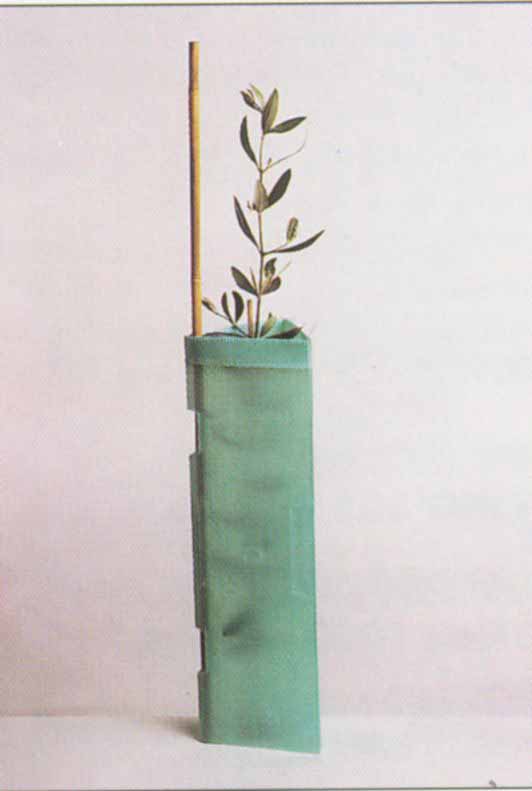| ||||||||||||||||||||||||||||||||||||
Many customers call and ask, should we use a tree guard, and what is the best type of tree guard to use? The short answer is that if you do not have a problem with animals eating your trees then don't go to the bother and expense of putting them on. The main reason for using a tree guard is to protect the tree from pests such as rabbits, hares, wallabies and kangaroos. Other advantages of using certain types of tree guards are protecting the tree from herbicide drift, helping to find the trees if weeds get out of control (which you shouldn't allow to happen), and creating a mini green house environment for the tree (the latter can often work too well, creating problems inside the guard.) These last benefits will depend on the type of tree guard used. The cost of guards varies considerably as they will perform different functions. The lower cost ones include milk cartons, flexible plastic mesh, rigid plastic mesh, poly sleeve guards, car tyres and home made sisalation guards.
Fluteboard Tree Guards A newer type guard that we have come across is one made out of rigid plastic fluteboard. This green guard is of triangular construction, stands 450mm high and can be removed from the tree by simply unclipping the locking tabs and unwrapping it from the tree. This feature also allows for easy year round access to the tree for pruning and weeding. It can be stored flat and used again as they will last 3-4 years out in the field. It is also possible to utilise the one stake to hold the tree guard and the tree and also to clip the Olive Sprinkler to the top of the guard. _____________________________________________ Heavy Protection Netting Designed to protect the trees from attacks by hares, rabbits and other chewing animals, and wingless grasshoppers. This netting comes in rolls of 300 and 1,000 metres. When laid flat and fully stretched the cylindrical shape can expand up to 250mm in diameter, and the diamond pattern of its construction measures 6mm. The netting is cut off the roll to the length required and then slipped over the tree and stake. The netting clings to the tree and is self supporting. We expect that this netting will also help protect the tree from attacks by Wingless Grasshoppers.
|
||||||||||||

